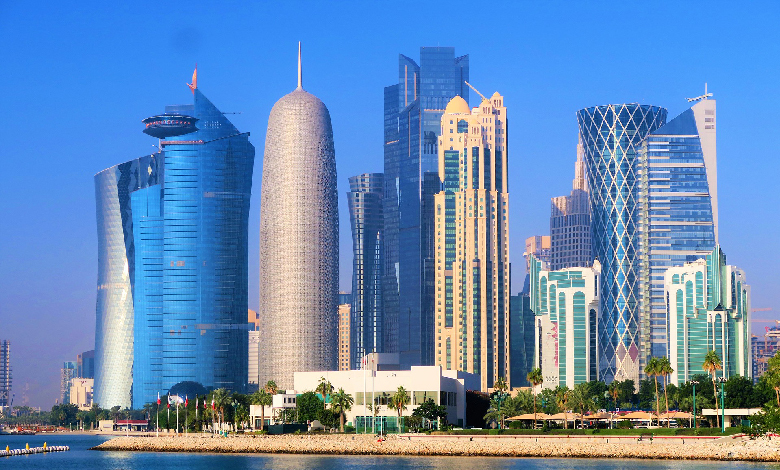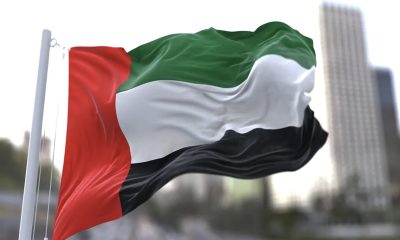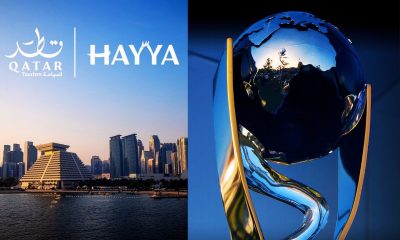Qatar National Vision 2030 seeks to build a bridge between the present and the future. It envisages a vibrant and prosperous Gulf state that allows economic and social justice for all, and lets nature and humans live in harmony.
The National Vision aims to transform Qatar into an advanced country by the end of the decade, capable of sustaining its own development and providing a high standard of living for all of its people for generations to come. But an improved standard of living cannot be the only goal.
Qatar National Vision 2030 Tackling 5 Major Challenges
Qatar’s National Vision rests on four pillars: human development, social development, economic development, and environmental development. In order to remain true to its values, the Gulf Cooperation Council (GCC) nation must balance five major challenges, including
1. Modernisation And Preservation Of Traditions
Preservation of cultural traditions is a significant challenge that confronts several societies in a rapidly globalising and increasingly interconnected world. Qatar National Vision 2030 seeks to respond to this challenge and, connect and balance the old and the new.
2. The Needs Of This Generation And Of Future Generations
Sustainable development is a process that aims to meet the needs of the present generation without compromising the ability of future generations to meet their requirements. The National Vision seeks to choose the development path that carefully balances the interests of both.
3. Managed Growth And Uncontrolled Expansion
There are speed limits. Qatar is currently experiencing great expansion in its economic activities, but the growth could deplete its resources and overstrain its economy. The Gulf state must target growth rates that suit its capacity for real economic expansion.
4. Size And Quality Of The Expatriate Labour Force And The Selected Path Of Development
The composition of a country’s population is set to determine the nature of its society. Qatar must choose a development path that is compatible with the targeted size and quality of expatriate labour that are determined by the country’s leadership and people.
Read More: ‘Success Of EU-UAE Diplomacy At COP28 Goes Beyond Bilateral Relations’
5. Economic Growth, Social Development And Environmental Management
Development patterns often have negative impacts on the environment. Degradation can be reduced through investments in technologies designed to minimise the damage caused by economic projects. It can also be reduced by skipping unplanned growth.


















